RemoveDEBRIS
RemoveDEBRIS mission tests methods to remove the danger of space waste
Two capture techniques proven, along with onboard vision-based navigation system.
As humans find more and more ways to use satellites, the volume of debris orbiting Earth has risen to an estimated 40,000 pieces of waste – totalling more than 7,600 tonnes of space junk, with some pieces approaching speeds of 30,000 miles per hour. These pose a serious threat to the many active satellites in low Earth orbit which we use on a daily basis – for communications, location technologies, defence and more – as several collisions have highlighted, with consequential loss of functionality and high financial costs.
The RemoveDEBRIS mission aimed to demonstrate technology which could capture waste from low Earth orbit and clear up space, protecting the many satellites on which we rely. Involving a consortium led by Surrey Space Centre at the University of Surrey and including Space South Central partner Surrey Satellite Technology Ltd (SSTL) and a broader international team, it was a low-cost mission funded by the European Commission and ten partners.
“Space debris is a growing concern so it’s great to see a British university and our innovative space sector leading the way in the search for solutions. It is also a fantastic example of the unique expertise found in the UK’s growing space sector and the value that it adds to international projects.”
Sam Gyimah
Then Science Minister
Actions taken
This mission comprised of a 100kg main satellite platform provided by SSTL which used next generation spacecraft avionics systems and structural designs, based on a modular and expandable philosophy that utilised common modules. The platform was based on four side panels, a payload panel, and a separation panel. It was launched from Cape Canaveral and taken to the International Space Station by a SpaceX Falcon 9 rocket. It was then deployed into orbit by the NanoRacks Kaber systems, where it conducted a series of experiments on how to capture space debris.
Two experiments demonstrated ways of gathering some of the waste which hurtles around our planet, with the trial using specially deployed targets which were also part of the mission. The first ever harpoon capture in orbit saw a harpoon built by Airbus successfully fire 1.5 metres at a 10 x 10cm target made from representative satellite panel materials. Fired at 20 metres per second, the harpoon was designed to penetrate a target, with a flip-out locking mechanism preventing the tether from pulling out.
Another trial technique saw a net used to capture simulated space debris. Although a simple concept, using a net in space was highly complex and involved years of planning, engineering and testing in parabolic flights, special drop towers and thermal vacuum chambers.
Both capture demonstrations were deemed successful, assessed by images collected by two supervision cameras. This was part of another experiment which tested a vision-based navigation system that used cameras and LiDaR technology to observe the CubeSats that were released from the main spacecraft.
Finally, the RemoveDEBRIS craft was due to deploy a large sail, designed and built by Surrey Space Centre, to drag the main craft back into the Earth’s atmosphere. This technology comprised two parts: a metre-long inflatable mast which extended the sail away from the main platform, preventing the sail from hitting any overhanging hardware like antennas; and a sail extension mechanism which used an electric motor to unfurl four carbon fibre booms to hold the sail membrane. This system had been first demonstrated in 2017 on Surrey Space Centre’s InflateSail mission – the first successful use of a drag sail to de-orbit a European spacecraft. Unfortunately, a technical hitch on RemoveDEBRIS prevented its full deployment, but the spacecraft did re-enter Earth’s atmosphere, and all parts of the mission were removed from orbit so as not to contribute to more space junk. Surrey Space Centre’s drag sail system has since been used successfully on two US space missions.
Outcome/ impact
The series of successful experiments demonstrated feasible answers to the space junk problem. It won a team from Surrey Space Centre and SSTL an “Arthur,” one of the British Interplanetary Society’s highly prestigious Sir Arthur C Clarke Awards, in the Space Achievement – Industry/ Project team.
The project was based in Surrey, where several of the key partners were based, with the team co-ordinating inputs from France, Germany, Switzerland, Holland and South Africa.
Organisations involved
Led by Surrey Space Centre (University of Surrey) but also involving Space South Central partners
SSTL
Airbus
And other partners:
Isis – Innovative Solutions in Space
CSEM
INRIA
Stellenbosch University
Ariane

